Nishtha Jain
A predictive analytics approach for stroke prediction using machine learning and neural networks
Mar 01, 2022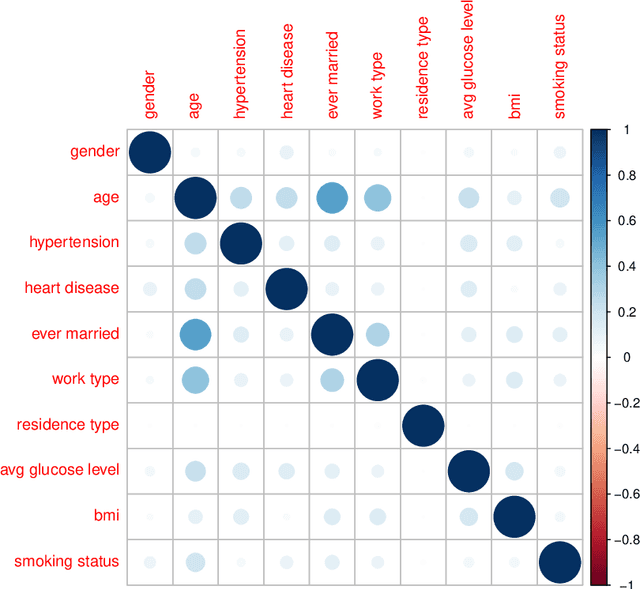
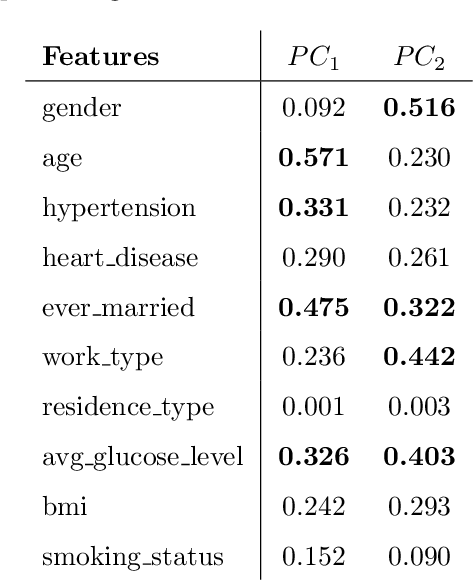
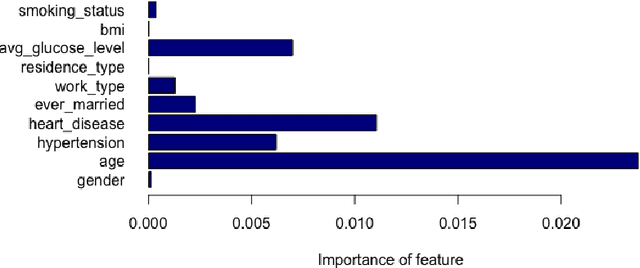
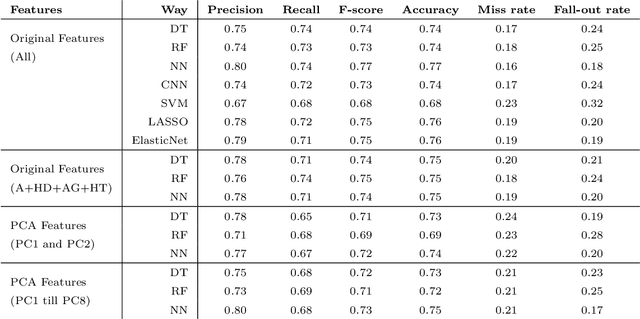
Abstract:The negative impact of stroke in society has led to concerted efforts to improve the management and diagnosis of stroke. With an increased synergy between technology and medical diagnosis, caregivers create opportunities for better patient management by systematically mining and archiving the patients' medical records. Therefore, it is vital to study the interdependency of these risk factors in patients' health records and understand their relative contribution to stroke prediction. This paper systematically analyzes the various factors in electronic health records for effective stroke prediction. Using various statistical techniques and principal component analysis, we identify the most important factors for stroke prediction. We conclude that age, heart disease, average glucose level, and hypertension are the most important factors for detecting stroke in patients. Furthermore, a perceptron neural network using these four attributes provides the highest accuracy rate and lowest miss rate compared to using all available input features and other benchmarking algorithms. As the dataset is highly imbalanced concerning the occurrence of stroke, we report our results on a balanced dataset created via sub-sampling techniques.
Generating Gender Augmented Data for NLP
Jul 13, 2021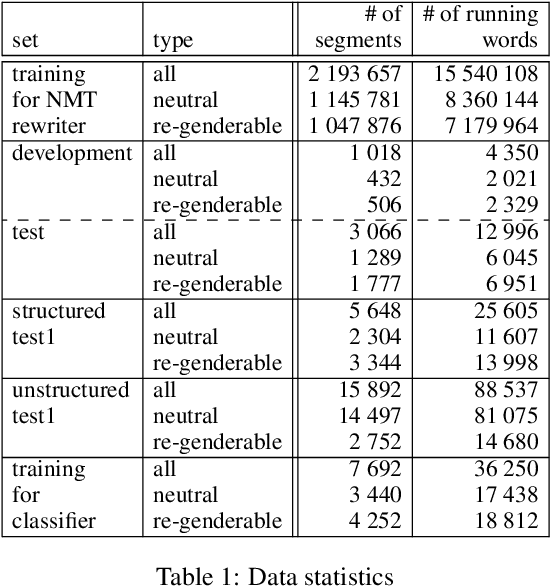
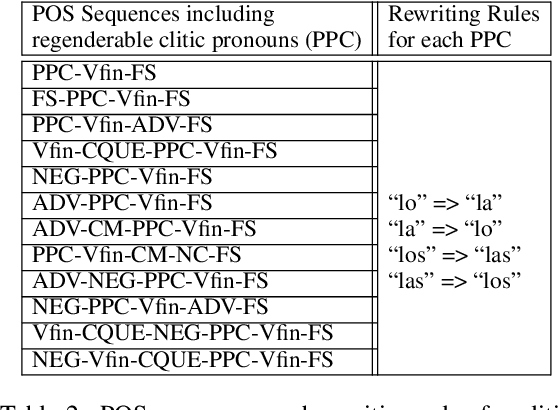
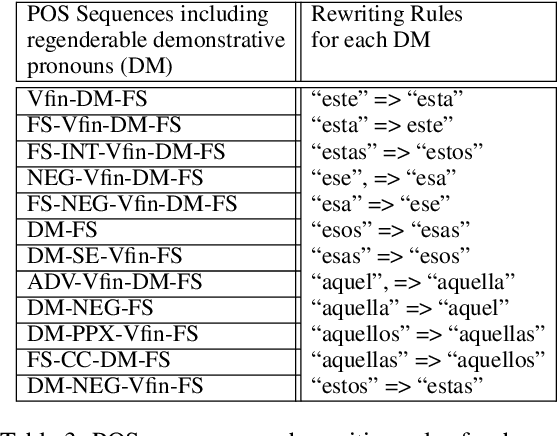
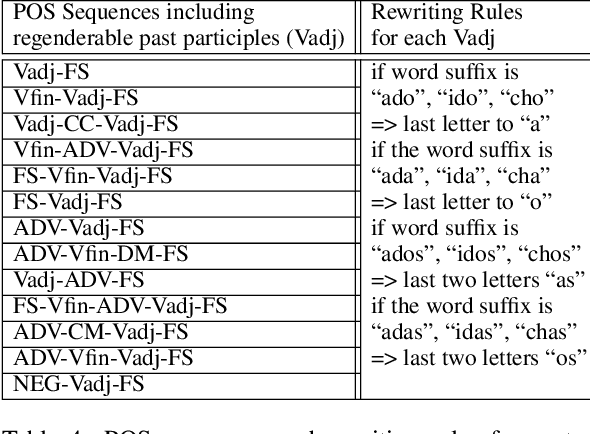
Abstract:Gender bias is a frequent occurrence in NLP-based applications, especially pronounced in gender-inflected languages. Bias can appear through associations of certain adjectives and animate nouns with the natural gender of referents, but also due to unbalanced grammatical gender frequencies of inflected words. This type of bias becomes more evident in generating conversational utterances where gender is not specified within the sentence, because most current NLP applications still work on a sentence-level context. As a step towards more inclusive NLP, this paper proposes an automatic and generalisable rewriting approach for short conversational sentences. The rewriting method can be applied to sentences that, without extra-sentential context, have multiple equivalent alternatives in terms of gender. The method can be applied both for creating gender balanced outputs as well as for creating gender balanced training data. The proposed approach is based on a neural machine translation (NMT) system trained to 'translate' from one gender alternative to another. Both the automatic and manual analysis of the approach show promising results for automatic generation of gender alternatives for conversational sentences in Spanish.
 Add to Chrome
Add to Chrome Add to Firefox
Add to Firefox Add to Edge
Add to Edge